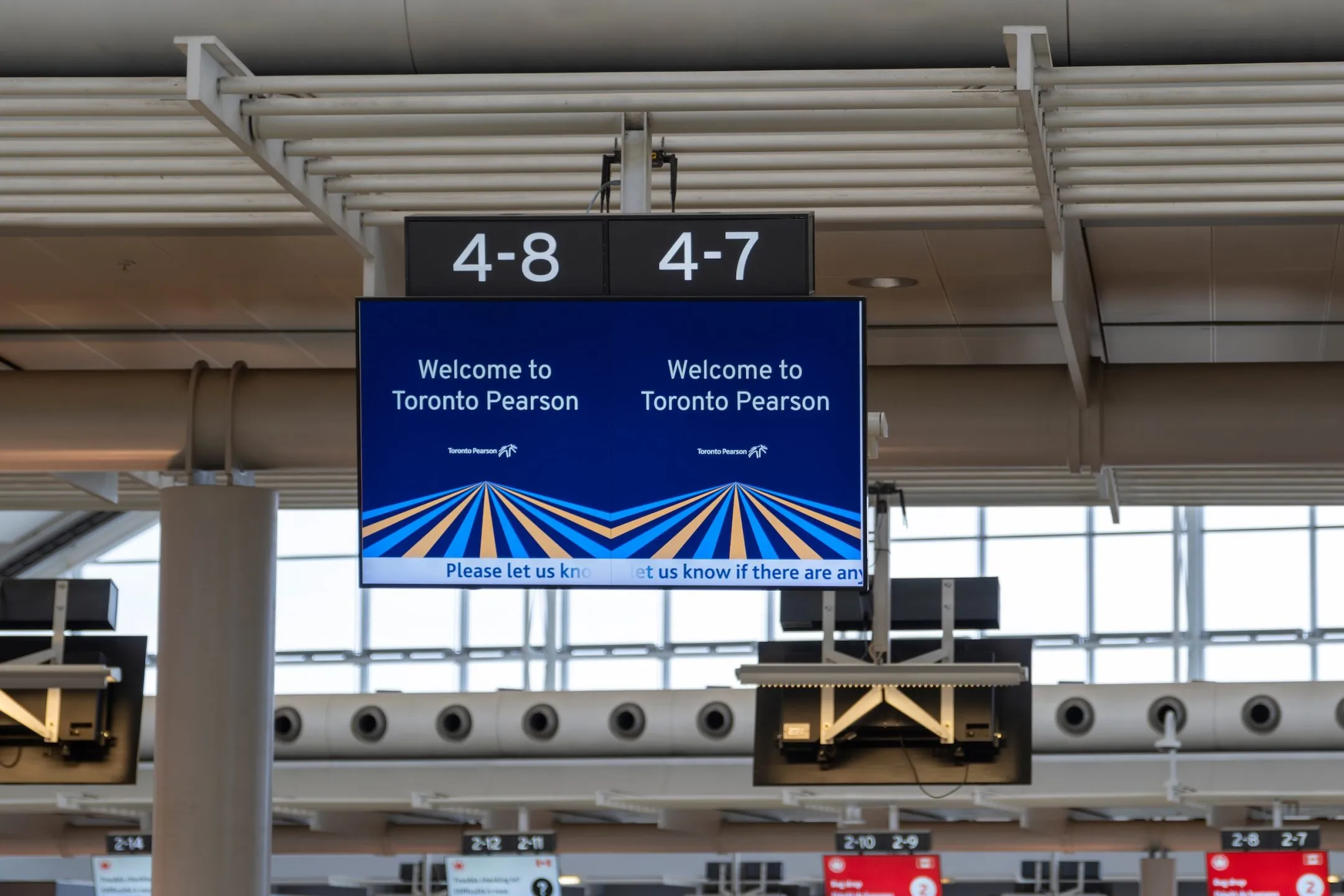Major Immigration Policy Challenges for the Carney Government
Canada’s immigration system is at a crossroads. As Prime Minister Mark Carney takes office, his administration is poised to reshape immigration policy in 2025. With rising public concern over housing, healthcare, and infrastructure, the government is introducing reforms that will impact international students, temporary foreign workers, and permanent residents alike. This blog explores the key immigration challenges facing the Carney government—and what they mean for newcomers, employers, and the legal community.
Balancing Immigration Levels with Housing and Infrastructure Capacity
A central challenge is the tension between Canada’s high immigration levels and the country’s capacity to provide adequate housing, healthcare, and social services. Carney’s government has signaled a shift toward capping both permanent and temporary immigration levels, aiming to align population growth with available infrastructure and public service capacity.
The proposed targets include limiting annual permanent resident (PR) admissions to about 1% of the population (roughly 400,000 per year) and capping temporary residents, including international students and foreign workers, at 5% of the population by 2027. This approach responds to mounting public concerns about housing affordability and strained public services, but it also risks slowing economic growth and reducing Canada’s global competitiveness.
Reforming Temporary Resident Programs
Canada has seen a surge in temporary residents, which reached 6.2% of the population in 2024. The Carney government plans to reduce this to 5% by 2027, with particular scrutiny on international student and temporary foreign worker (TFW) programs.
Key reforms include:
- Capping international student permits based on local housing and employment capacity;
- Increasing oversight and accountability for post-secondary institutions that are heavily reliant on international tuition, and
- Tighten eligibility forsectors with gen TFWs, focus on uine labour shortages, and require employers to support integration through language training and housing.
These measures are intended to prevent abuses and ensure that temporary residents do not overwhelm local resources, but they may also exacerbate labor shortages in certain industries and reduce the financial stability of educational institutions.
Addressing Backlogs and Processing Delays
Canada’s immigration system is grappling with significant application backlogs—over 820,000 as of March 2025—which slow down processing for both permanent and temporary residency applications. Reducing these backlogs while implementing new caps and more selective criteria will be a major administrative challenge. If not managed carefully, stricter limits could push some temporary residents to seek asylum as their only option to remain in Canada, further straining the refugee system.
Navigating Provincial and Regional Needs
Carney’s plan lacks detail on how national immigration caps will be allocated among provinces and territories, each with distinct demographic and economic needs. Regions like Ontario, Quebec, and British Columbia face unique pressures and may demand more control over their immigration relating to provincial nominations. Failure to address these regional differences could lead to intergovernmental tensions and inefficiencies in meeting local labor market demands.
Maintaining Public Support and Social Cohesion
Public sentiment toward immigration has become more skeptical, with many Canadians linking high immigration levels to rising living costs and pressure on public services. The Carney government must balance the need for economic growth and demographic renewal with the imperative to maintain public confidence and social cohesion. Abrupt policy shifts risk fueling uncertainty among newcomers and undermining Canada’s reputation as an open, welcoming society.
Flagpoling Restrictions at Port-of-Entry
As announced by the Government of Canada as part of Canada’s Border Plan, work and study permits will no longer be provided to flagpolers at a port of entry, effective December 23, 2024 at 11:59 pm ET.
Flagpoling occurs when foreign nationals who hold temporary resident status in Canada, leave Canada and, after a visit to the United States or St. Pierre and Miquelon, re-enter to access immigration services at a port of entry.
Immigration services at the border are now restricted to new foreign individuals arriving in Canada. For those already in Canada and are seeking an extension of their status, applications and renewals for work or study permits need to be submitted through Immigration, Refugees and Citizenship Canada (IRCC)’s online portal.
This practice has taken up significant resources at the border, diverting Canadian and American officers away from essential enforcement activities and has contributed to wait times for cross-border travellers. These changes benefit Canada and the U.S. by allowing both countries to effectively manage border operations and maintain the integrity of our shared border.
Conclusion
The Carney government’s approach to immigration is marked by a drive for sustainability and tighter controls, reflecting both practical constraints and shifting public attitudes. The main policy challenges include managing intake levels, reforming temporary programs, addressing administrative bottlenecks, accommodating regional needs, and maintaining public trust—all while ensuring that Canada remains a destination of choice for global talent and newcomers. The effectiveness of these policies will depend on careful implementation, transparent communication, and ongoing engagement with all stakeholders.
If you have questions about your workplace immigration situation or your rights, we encourage you to reach out to our lawyers at Sultan Lawyers, online or by telephone at 647-952-9353 today.
Your Case: Our Priority.
At Sultan Lawyers PC, we are the only firm specializing exclusively in employment and immigration law. Whether your case is straightforward or complex, we have the experience and commitment to achieve the best possible outcome. Trust us to navigate the toughest challenges with you.



